Traveling through Montana with an electric car—sounds like a modern-day adventure, doesn’t it? But in a state known for its vast and sparse landscapes, how feasible is it to rely on an EV for your journeys?
I’ll guide you into the world of electric car travel in Montana, covering everything from the current state of EV popularity to the benefits and challenges you might encounter on the road. I’ll also share some personal experiences to give you a firsthand perspective.
So, whether you’re a Montana local considering an electric vehicle or a visitor planning a road trip through Big Sky Country, this guide is tailored to help you navigate the unique landscape of Montana with an electric car.
- Related article: How to Get Around Montana
Ready to unlock the secrets of EV travel in this picturesque state? Let’s get started.
Traveling With an Electric Car in Montana: What to Know

Traveling with an electric car in Montana can bring specific challenges especially due to the state’s vast and sparse landscapes.
If you happen to own an electric car, knowing about charging stations, benefits, and laws can help electric vehicle drivers explore the state more smoothly.
1. Popularity of Electric Vehicles in Montana
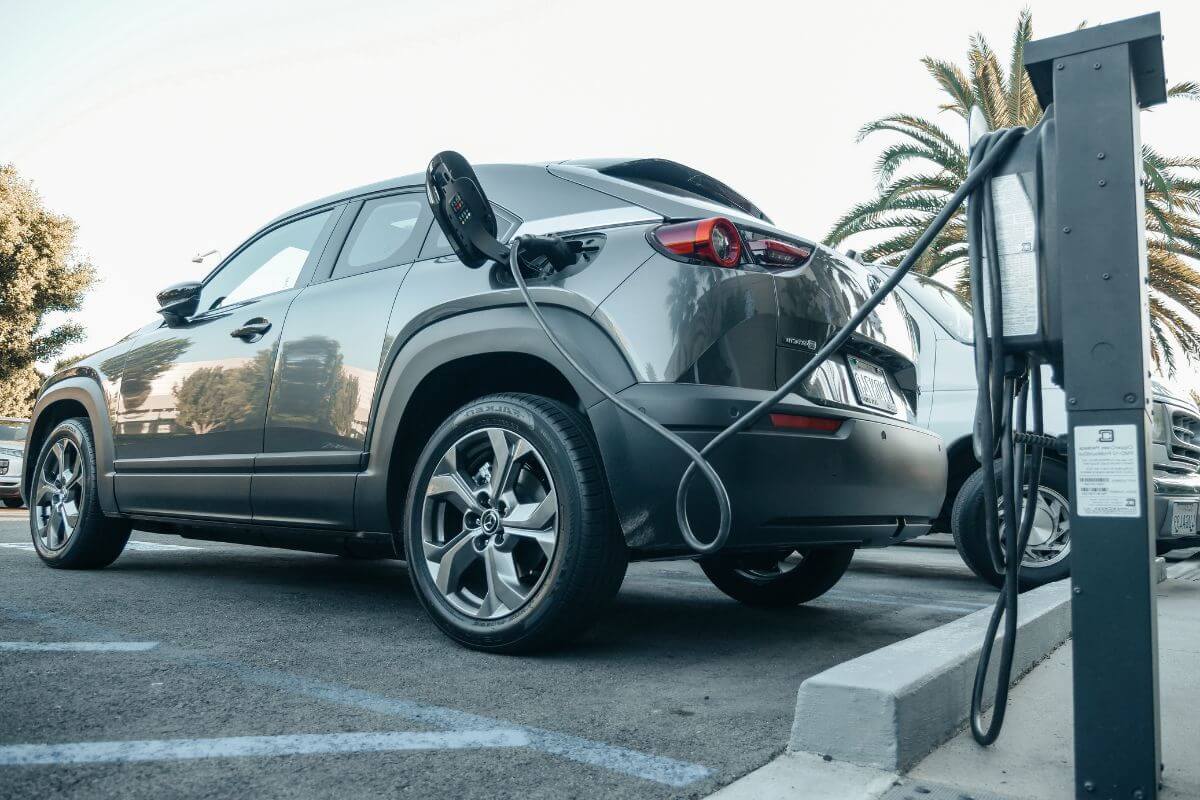
You might not know this but the popularity of electric vehicles (EVs) in Montana is on the rise, but the state still has a relatively low number of EVs compared to other states.
The most popular EVs in Montana are the Tesla Model 3, Ford Mustang Mach-E, Chevrolet Bolt EV, and Nissan Leaf.
As of a January 2021 snapshot, 1,139 electric car batteries and 711 plug-in hybrid electric vehicles were registered in the state, accounting for 0.18% of light-duty vehicle registrations in the state.
Montana anticipates having around 31,350 registered electric vehicles by 2030, with projections soaring to nearly 88,000 a decade later.
It currently has over 900 EV charging stations, with Bozeman having the most charging locations.
Despite the increasing popularity, Montana is still one of the states with the fewest electric vehicles, with electric vehicles accounting for only 0.05% of registered vehicles in the state.
2. Benefits of Using an Electric Vehicle in Montana
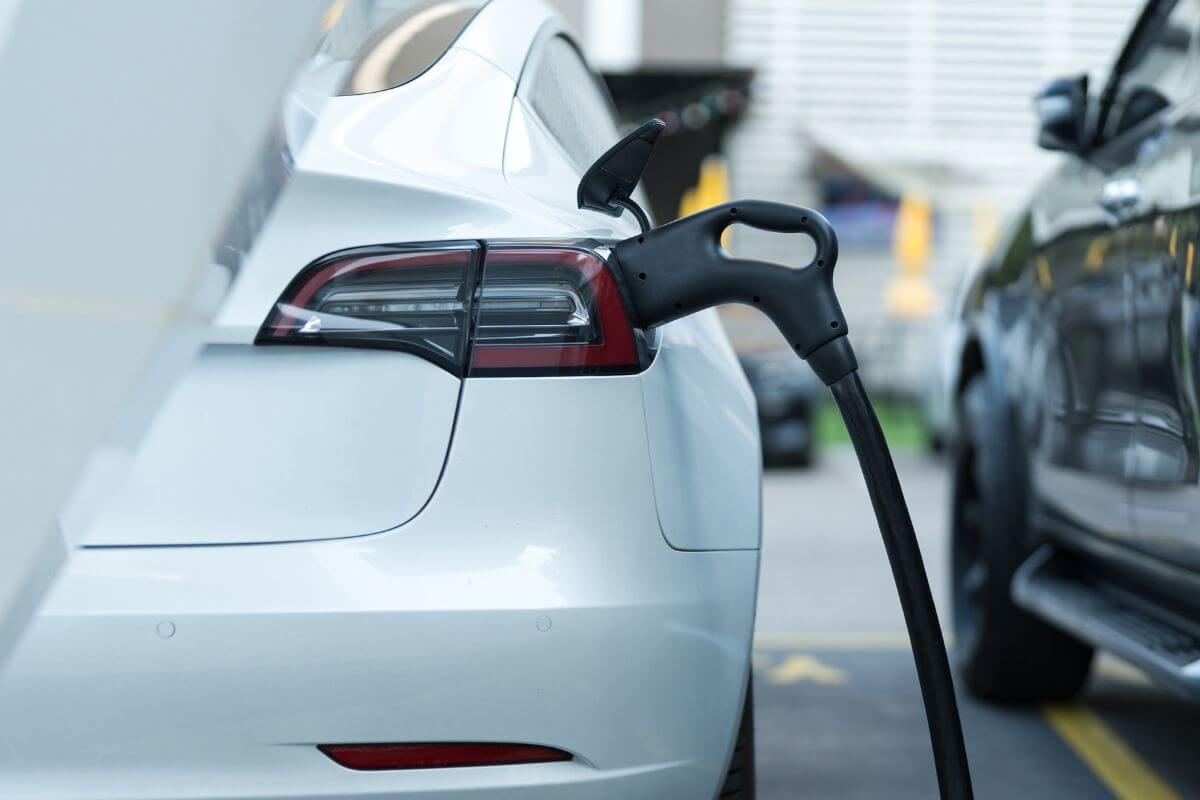
Using an electric vehicle (EV) in Montana offers several benefits, including environmental, financial, and energy security advantages.
It is also beneficial since owning a private vehicle is essential especially if you are living in rural areas where Montana’s commuting services are sparse.
So if you are an EV owner or a person who plans to buy it, here are some of the benefits that you should know and consider:
- Reduced Greenhouse Gas Emissions – Driving an EV in Montana produces 1.4 metric tons of global warming emissions per year compared to 4.7 metric tons from the average gasoline-powered vehicle. This helps in reducing the state’s carbon footprint and mitigating climate change.
- Fuel Cost Savings – On average, rural Montana drivers can save $754 in 2018 by switching from gasoline to electricity. For electric vehicle drivers, charging at home in Bozeman is like paying $0.95 per gallon of gasoline.2
- Energy Security – Montana is part of an eight-state collaborative aiming to build EV infrastructure along 5,000 miles of interstate highways. This effort enhances energy security by reducing dependence on fossil fuels and decreasing the need for oil imports.
- Incentives and Tax Credits – Montana lacks specific EV tax credits but offers residents potential access to the Federal Electric Car Tax Credit, reaching up to $7,500. The state also provides income tax credits for installing non-fossil fuel energy systems at home, such as solar, wind, and geothermal setups.
- Charging Stations – Montana is working on expanding its EV charging infrastructure, with charging corridors underway along the hundreds of miles of interstate highways. This makes it easier for EV owners to travel and charge their vehicles.
- Lower Cost of Ownership – A new EV will have a higher upfront cost, but buying used reduces the industry’s overall emissions associated with production. Used EVs are an environmentally friendly and budget-friendly option for Montana residents.
Even though Montana doesn’t have lots of perks like tax credits or rebates for electric car owners right now, they’re hustling to make charging easier and push for more renewable energy.
It might not be perfect for EVs yet, but with all this effort, things are looking up.
The state’s focus on better charging spots and cleaner energy sources could give electric cars a boost in the future.
3. Charging An Electric Car In Montana
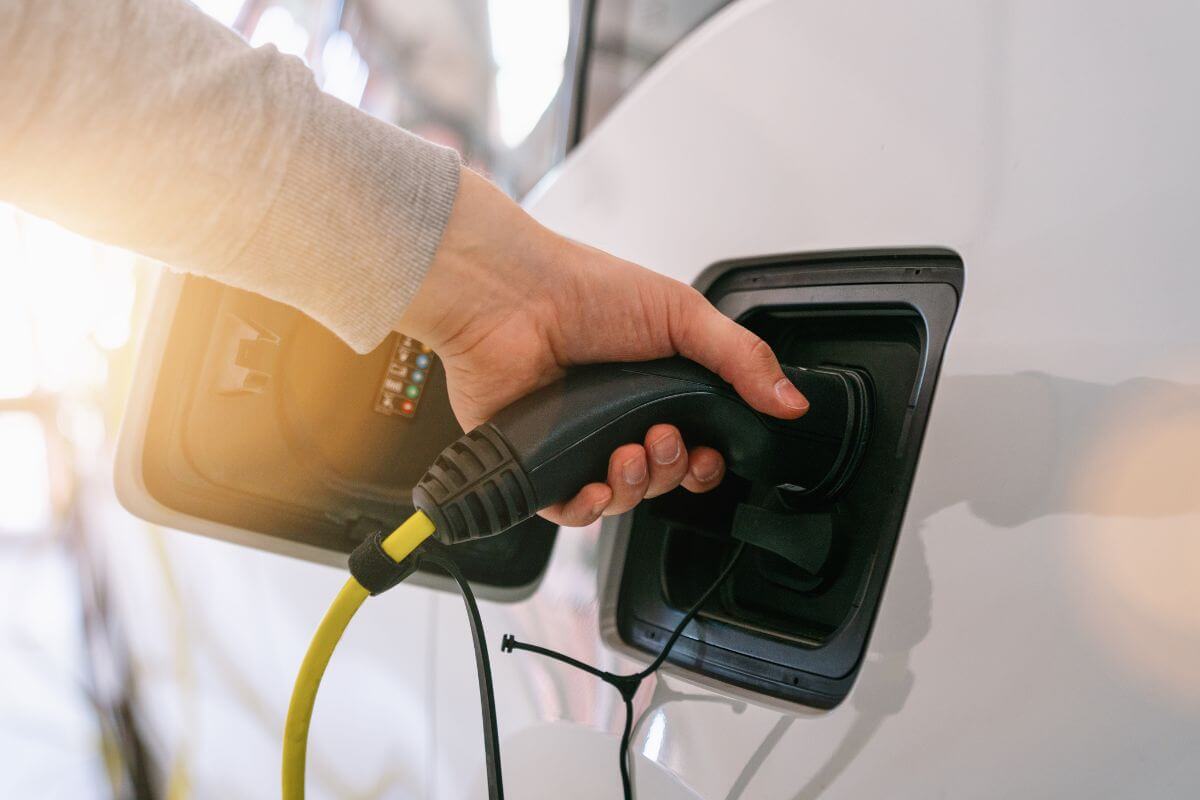
Charging an electric car in Montana can be a feasible option, although the charging infrastructure is still developing.
- Charging Infrastructure – Montana boasts around 900 EV charging spots, with ongoing additions. While offering level 1 and level 2 chargers, these are typically slower and suited for longer stays, like several hours or overnight stops.
- Charging Corridors – Montana joins an eight-state alliance to construct EV infrastructure along 5,000 miles of interstate highways. This concerted effort aims to enhance EV charging accessibility, particularly for extended journeys, across the state.
- Charging Costs – Governor Gianforte ratified House Bill 55 in 2023, instituting a $0.03 per kWh tax on public charging stations exceeding 25 kW capacity in Montana. Nonetheless, charging an EV at home in the state remains economical, akin to paying $0.95 per gallon of gasoline.
- Limitations on Long-Distance Travel – Despite the growing EV charging network, certain residents caution that extended road trips with all-electric vehicles, particularly in rural regions, might present hurdles due to limited charging stations and concerns about driving range.
When it comes to traveling around Montana with an electric car, there’s a bit of a road trip puzzle.
The charging network is growing, no doubt, but taking an EV on a long adventure across rural parts? That’s where it gets troublesome.
Some fellow drivers have warned me about this: sparse charging stations and that pesky feeling called “range anxiety.” It’s a concern, especially when the cold weather starts creeping in and plays games with my car’s battery life.
However, for daily commuting and local travel, charging an electric car in Montana is a viable and increasingly practical option.
Sure, the long road trips might need some extra planning, but for my day-to-day drives, using an EV is an absolute champ move!
4. Electric-Vehicle-Friendly Cities In Montana
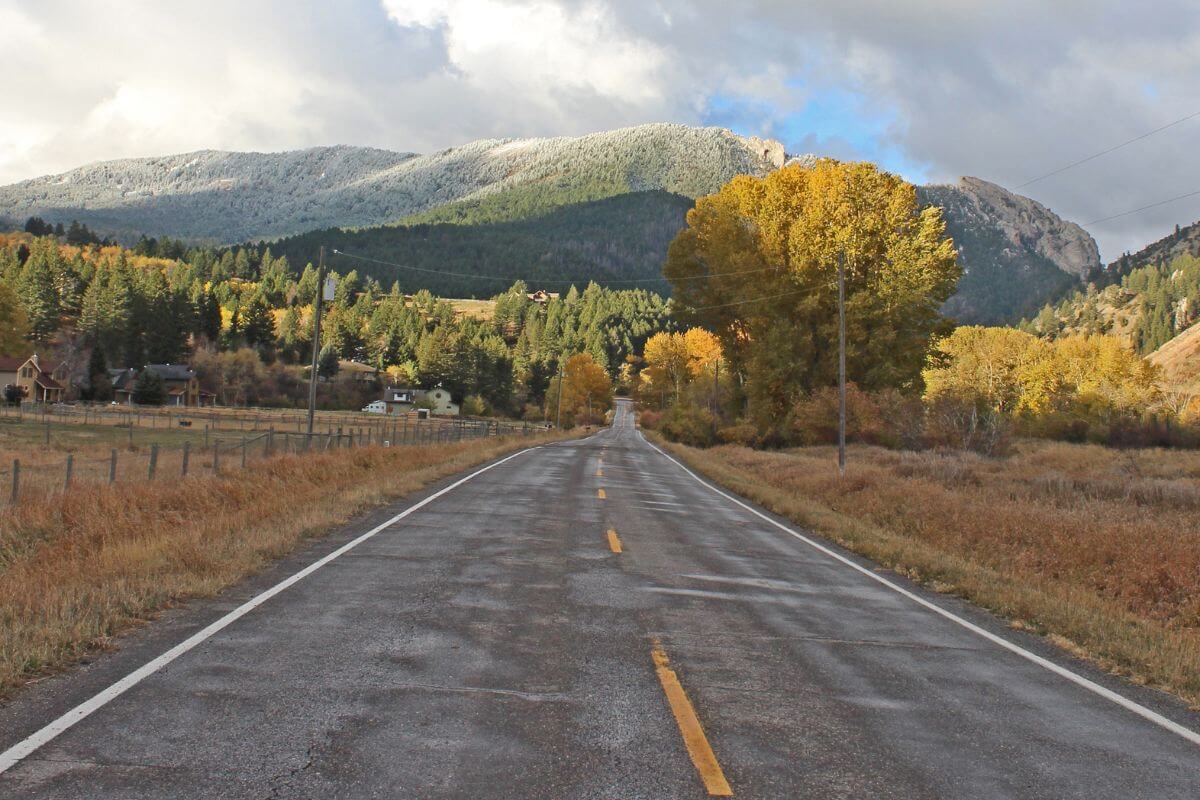
According to the U.S. Department of Energy, the most electric vehicle (EV) friendly cities in Montana are Bozeman, Billings, and Kalispell:
- Bozeman has 186 charging stations accommodating multiple types of electric vehicles
- Billings has 123 stations
- Kalispell has 89 stations
Do note that these charging stations will usually be the slower-to-fill-up battery charge, Level 1 electric car AC chargers – so allow plenty of time to recharge before continuing your drive. These are essentially the same as the home chargers at 120V electrical outlets.
Level 2 chargers (DC Fast Chargers) use 240V outlets and charge in about half the time of Level 1 chargers. There are also 17 Level 3 quick-charge stations (Tesla Superchargers) across Montana, but they’re being quickly built.
Here are estimates on charging times for a Tesla as an example:
- Level 1 – 20-40 hours
- Level 2 – 8-12 hours
- Level 3 – 15-25 minutes for 200 extra miles
Station locations and charging stations are being built quickly, so you can expect that you’ll be able to get around Montana much faster – eco-friendly style. For a full, interactive map of charging locations and types of chargers, check out the EV station interactive map at the bottom of this post.
The encouraging news is that locating charging spots for your EV in Montana will become increasingly convenient. Thanks to the U.S. Department of Transportation that pushed through the NEVI program, Montana’s EV charging landscape is on the upswing.
Over $9 million is set to be spent on Montana’s EV charging locations in 2023 – with further NEVI funding planned for the years ahead.
And guess what? More of these cities in Montana and Electric Vehicle owners can expect even more stations to be added in the next several years.
So, finding a cozy spot to juice up your EV in Montana is on track to be a breeze before you know it.
5. Laws About Traveling With an Electric Car in Montana
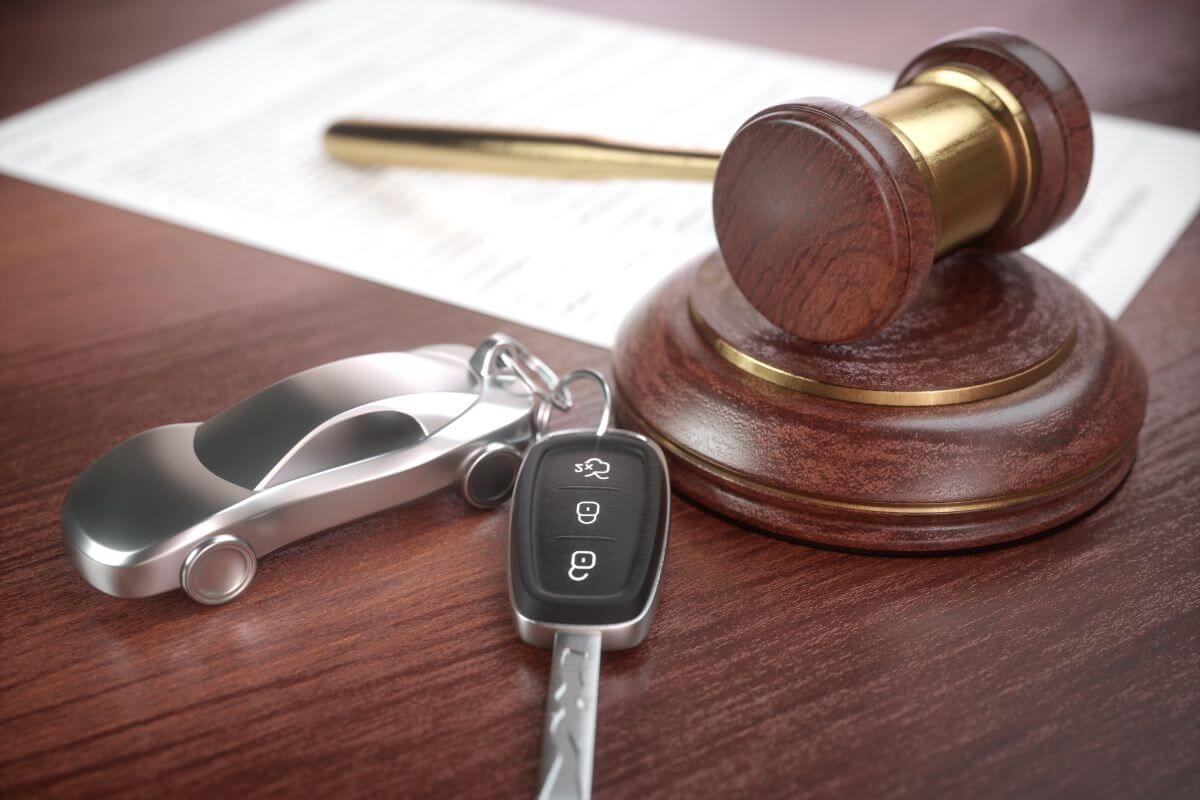
Montana has a handful of rules and regulations concerning electric vehicles (EVs), and they’re worth knowing if you’re hitting the road with one:
- Special Registration Fee – Montana requires a special registration fee for plug-in electric vehicles and may assess an additional fee for plug-in hybrid vehicles.2
- Medium-Speed EVs – Montana enacted a law enabling medium-speed electric vehicles, which are allowed to operate only on highways with posted speed limits of up to 45 miles per hour (mph) and must be treated as light-duty vehicles.
- Carbon Penalty Prohibition – The Montana State Government and all local governments are prohibited from imposing penalties, fees, or taxes on carbon or carbon use, including the carbon content of fuels or electricity in the transportation sector.
- Electric Vehicle (EV) Charging Station Authorization – The Montana Department of Transportation (MDT) is responsible for planning and implementing the state’s EV charging infrastructure.
- State Agency Vehicle Requirements – State agencies procuring vehicles must adhere to or surpass the federal Corporate Average Fuel Economy standard. They’re also obligated to create programs aimed at curbing fuel consumption in their fleet.
- Low-Speed EV Access to Roadways – Low-speed EVs are restricted to highways with speed limits up to 25 mph and cannot traverse highways exceeding 45 mph speed limits.
Traveling Montana With an Electric Car Final Thoughts
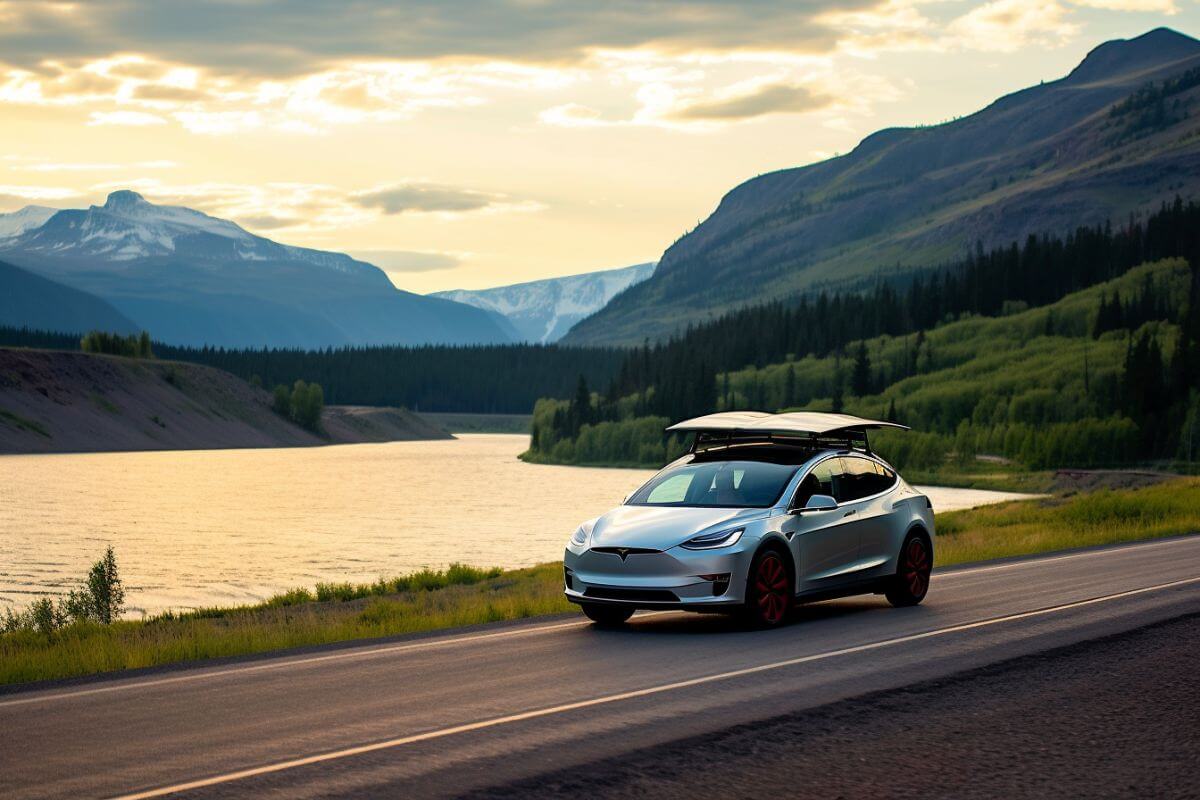
Traveling through Montana with an electric vehicle (EV) has been an evolving experience.
Despite the current low number of registered EVs, there’s a rising trend of EV usage in the state.
By 2030, there’s a projected substantial increase in EV registrations, which is a promising sign for the future of sustainable transportation.
Encouraging EV usage in Montana brings multiple benefits, including reduced emissions, cost savings, and improved energy security.
However, the challenges in charging infrastructure, particularly in rural areas, can impact long-distance travel.
Fortunately, cities like Bozeman, Billings, and Kalispell are becoming more EV-friendly, by improving charging stops.
Understanding Montana’s EV-related laws is crucial, covering fees, vehicle types, penalties, and state agency requirements.
Even though Montana is working on making more spots to charge electric cars, it’s still a good place for everyday driving and short trips.
More and more people here are starting to use electric cars, which is pretty neat.
Montana might become a really good place for eco-friendly travel if they keep improving things like they are now.
For now, using an electric car for daily trips around here seems like a good idea.
Traveling Montana With an Electric Car FAQs
1. Does Montana Have Electric Car Charging Stations?
Yes, Montana has electric car charging stations. There are more than 900 EV charging stations in Montana this includes level 1, level 2, and level 3 stations.
2. Does Montana Have an Electric Vehicle Tax Credit?
Montana does not offer a state-specific tax credit for electric vehicles (EVs) at this time.
However, Montana electric vehicle buyers may qualify for the Federal Electric Car Tax Credit of up to $7,500 if they purchase a qualifying EV.
3. Does Glacier National Park Have EV Chargers?
Yes, Glacier National Park has electric vehicle (EV) charging stations.
There are EV charge hubs within the boundaries of national parks and some nearby gateway communities associated with national parks, including Glacier National Park.
Did you like this article? Explore our Montana section for further insights:
- Montana Travel Without a Car
- Using Uber for Travel in Montana
- Montana Railway Lines
- Montana Flight Hubs
EV Charging Station Locations Across Montana – Interactive Map
Map and information for Alternative Fueling Stations come from the Alternative Fuels Data Center (AFDC). You can zoom out to find charging stations across the U.S. and Canada too if you’re driving from outside of Montana or passing through the state.
- https://www.nps.gov/subjects/sustainability/electric-vehicle-charging-map.htm
- https://leg.mt.gov/content/Committees/Interim/2021-2022/Transportation/20_Sept_22/EVs_V2.pdf
- https://afdc.energy.gov/laws/all?state=MT
- https://deq.mt.gov/files/Energy/Transportation/2023_MT_NEVI_Plan_update_FINAL.pdf
- https://electrek.co/2021/11/03/how-long-does-it-take-to-charge-a-tesla/

